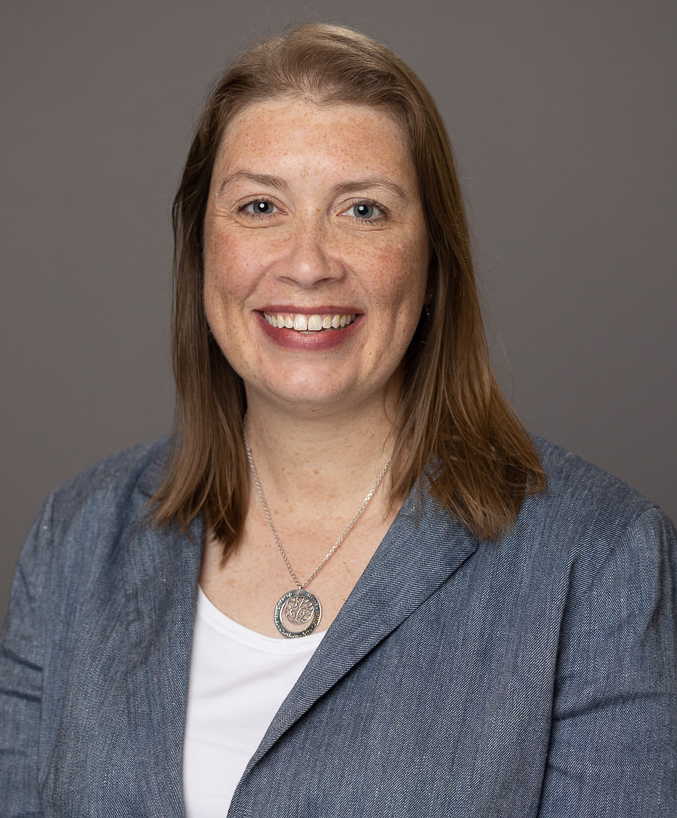 While long term caregivers and providers all share a passion, dedication, and connection to their residents, there are different regulations and challenges depending on the types of care needed. The intellectual and developmental disability (ID/DD) services provider community that attended AHCA’s recent ID/DD Hill Fly-In event to advocate on critical issues included providers that serve residents in immediate care facilities for individuals with intellectual disabilities (ICFs/IID) and group homes.
While long term caregivers and providers all share a passion, dedication, and connection to their residents, there are different regulations and challenges depending on the types of care needed. The intellectual and developmental disability (ID/DD) services provider community that attended AHCA’s recent ID/DD Hill Fly-In event to advocate on critical issues included providers that serve residents in immediate care facilities for individuals with intellectual disabilities (ICFs/IID) and group homes.
Across the long term care sector, the workforce shortage can be severe and is exacerbated by recent staffing mandates and other regulations. For ID/DD providers, being able to raise pay rates, compete for workers, and increase occupancy is tied very closely to rate increases and Medicaid funding. ID/DD providers rely heavily on Medicaid for funding, leading to facility closure if Medicaid funding is reduced or rate increases simply don’t keep up.
Medicaid Funding Is Critical
Long term services and supports (LTSS) help people with disabilities accomplish basic daily activities like bathing, getting dressed, fixing meals, and walking. Medicaid is the primary payer of LTSS with virtually all individuals with developmental disabilities and 60 percent of nursing center patients relying on Medicaid on any given day for their care.
States use the provider assessment program, also known as a quality fee or tax, to provide financing for the states’ share of Medicaid costs in the wake of state budget shortfalls and additional federal requirements. First established in the 1980s, 49 states and the District of Columbia currently use the proceeds and corresponding federal matching funds from provider assessments to stabilize Medicaid rates and more adequately fund quality, long term care services. Thirty-two states and the District of Columbia have established provider assessment programs for ICFs/IID. The maximum amount states can set their provider assessments at is 6 percent of inpatient revenue.
Low Funding Leads to Closures
Medicaid already fails to fully cover the cost of care, and any proposal that makes further cuts to an already underfunded program will result in centers closing, negatively impacting individuals’ access to care.
According to the Centers for Medicare & Medicaid Services (CMS) Quality, Certification, and Oversight Reports (QCOR), the number of active ICFs/IID has steadily declined over the past 14 years. In 2011, 6,567 ICFs/IID were active, compared to just 5,606 facilities in 2023. Furthermore, newer facilities are not being built and certified at nearly the same pace of closures. This is ultimately leading to fewer active ICF/IID facilities and patients seeking care elsewhere and further from home or nowhere.
The Pervasive Workforce Crisis
ICFs are facing a workforce crisis and have already had to take drastic actions such as not accepting new residents, closing homes, or only caring for those with low needs. Even though CMS’ minimum staffing rule ratios does not directly apply to ICFs, the new requirement on one sector of long term care will impact ICFs being able to find the staff they need.
“The staffing rule impacts us because the effect trickles down,” said Craig Cloud, CEO of Friendship Community Care, Inc., in Arkansas. “We all need nurses. It’s not a sustainable path.”
New Mexico
New Mexico has 43 ICF/IID group homes and 271 licensed beds. These facilities are facing a staff vacancy rate of 22.6 percent, according to Mark Schinnerer, CEO of CARC, Inc., in Carlsbad, New Mexico.
This is particularly difficult as New Mexico offers many jobs in the oil industry, which typically pay more. Even with a wage increase of 9 percent from last year, direct care pay cannot keep pace. Schinnerer has been recruiting in Puerto Rico to fill open positions in CARC facilities, but he still needs more direct care staff.
Those same facilities are also facing a stalled recovery in occupancy. Before the pandemic, many facilities had a waiting list, but now a waiting list is quite rare.
Arkansas
According to Cloud, inflation is another factor challenging ICF/IID providers. Friendship Community Care is the largest, private, not-for-profit in Arkansas with 172 beds between ICF, group homes, and independent living.
Arkansas facilities have not seen a rate increase for ICFs since 2012, despite high inflation since the pandemic. In addition, Cloud notes that the recent regulations on overtime, noncompete agreements, and access have also impacted the sector.
Idaho
The most important issue in Idaho is protecting Medicaid funding related to individuals with intellectual disabilities, said Jamie Anthony, LSW, executive director of developmental options in Pocatello, Idaho. In Idaho, the reimbursement rate has not been sufficiently adjusted over the years to account for inflation and other workforce competition to allow this sector to remain competitive.
Staff shortages were an issue before 2020 but the pandemic amplified the issue. Not only is finding the quantity of staff a struggle, but finding quality staff is also a challenge. Anthony notes that supervisor's roles have shifted tremendously over the past five years, with more time allocated to training and retraining staff to keep the quality of services at a desired level. When facilities operate in crisis mode, trying to keep the doors open and keep the right number of staff on the schedule to keep everyone safe, it becomes challenging to focus on any other priorities.
“As providers, we want to pay our direct care staff and leadership team a fair, livable wage,” said Anthony. “One that reflects the hard work put into this job each day.
Robert Vande Merwe, executive director of the Idaho Health Care Association, echoed Anthony’s comments, noting that the low Medicaid reimbursement rate is not sufficient to compete for staff.
Advocacy Is Vital
 Schinnerer, Cloud, Anthony, and Vande Merwe all agreed that ID/DD providers must advocate for common-sense solutions to today’s challenges. If providers cannot meet with their Congressmembers in Washington, DC, an invitation to tour a local facility might be a better option. Other ideas include holding an event where legislators are invited and working with local media for coverage. Utilize the district office to arrange a meeting during recess. Developing a relationship with local, state, and national legislators can help keep the needs of this vital sector top of mind.
Schinnerer, Cloud, Anthony, and Vande Merwe all agreed that ID/DD providers must advocate for common-sense solutions to today’s challenges. If providers cannot meet with their Congressmembers in Washington, DC, an invitation to tour a local facility might be a better option. Other ideas include holding an event where legislators are invited and working with local media for coverage. Utilize the district office to arrange a meeting during recess. Developing a relationship with local, state, and national legislators can help keep the needs of this vital sector top of mind.
Deborah Stadtler is the editor in chief for Provider magazine.